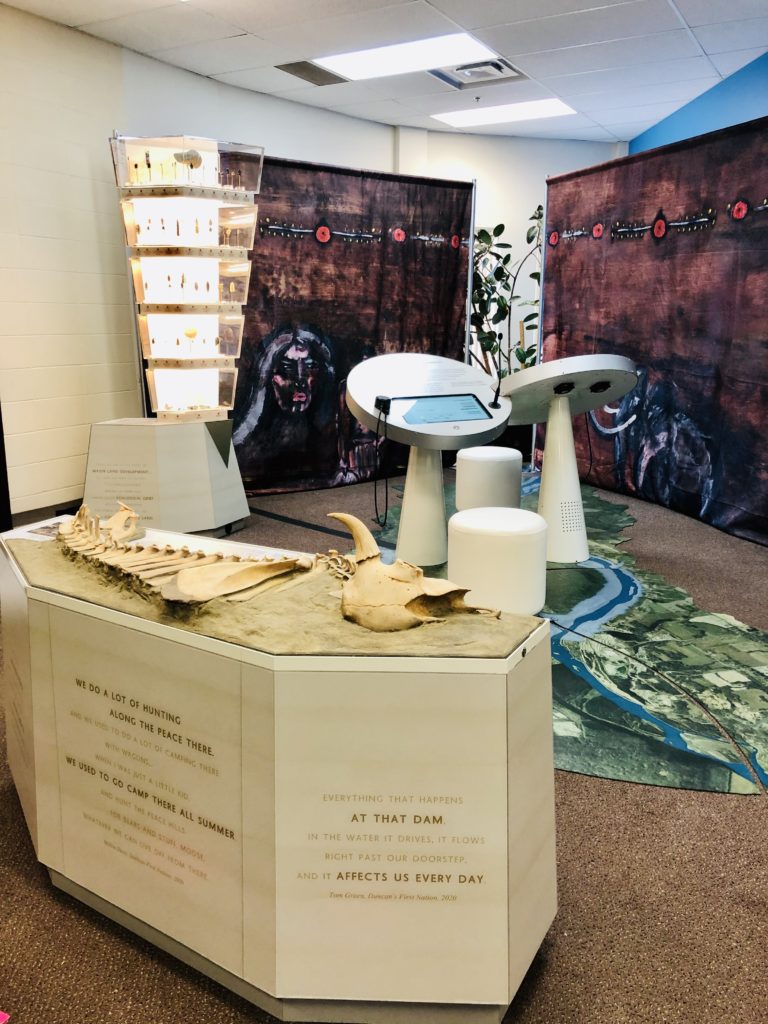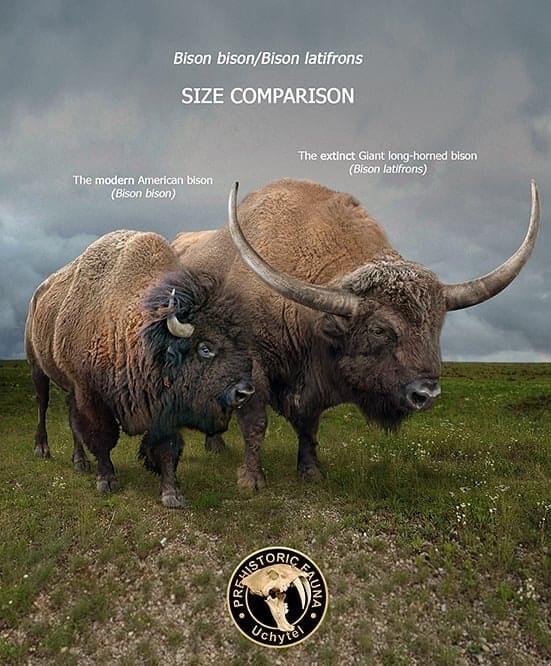Mobile Cultural Exhibit: Indigenous Nations Impacted by Site C Dam

DRFN, along with other communities impacted by the construction of the Site C dam on the Peace River in northeastern BC, have worked with BC Hydro to create a mobile cultural exhibit. The exhibit showcases artifacts that have been discovered as the project is being developed and includes information and stories from Indigenous communities now living in both BC and AB.
The information and artifacts in the exhibit present an opportunity to learn about the rich history and cultural heritage of the Indigenous communities that have occupied the region for over 15,000 years. It documents past use of the region, stories from the communities and artifacts found in the area during construction.

The skeleton of a Giant Bison was found during Site C construction. This was evidence relating to the stories of our ancestors who spoke of the ‘Giant Animal and Bow and Arrow Days’.


Many points or arrowheads, as they are commonly known, along with tools from as far back as at least 12,000 years ago were found during the Site C excavations.
The types of artifacts found during construction include ancient animal bones, beads, points and other tools. Additionally you can listen to Elders talk about the importance of the land and hear some of their stories. The stories they share include information about our long term and present use of the land, spiritual places, as well as our resourcefulness and resilience despite the changes that have come with colonialism. The archeological findings endorse and reveal more details about our ancestors’ history and use of the lands in our region.
The communities that collaborated to develop this mobile exhibit include:
- Doig River First Nation
- Saulteau First Nations
- McLeod Lake Indian Band
- Halfway River First Nation
- Blueberry River First Nations
- Duncan’s First Nation
- Horse Lake First Nation
- Dene Tha’ First Nation
- Prophet River First Nation
- Metis Nation BC
- Kelly Lake Metis Settlement Society
The exhibit will travel to eleven impacted Indigenous communities that participated in the development of the content in association with the Site C Cultural Heritage and Resources Committee.
Dane Wajich Virtual Exhibit

Our Doig River First Nation elders, youth, and leaders worked collaboratively with ethnographers, linguists, and web-designers to create a virtual exhibit.
Over a one month period in the summer of 2005, our elders brought the documentary team to eight places in our territory. At these places we shared oral histories about the stories, songs, people and experiences that connect us to the land.
The stories and songs presented here introduce you to a long line of Dane-zaa Dreamers who have provided spiritual and practical guidance for our people for hundreds of years. You will also learn about some key places within our territory and how we have been reclaiming them from the effects of colonialism and development.
The theme for this exhibit, Dreamers and the Land, was inspired by the return of a Dreamer’s drum to the community. The drum is now part of our collection in our museum.
Our youth team was trained in video documentation to record the stories that you see here. Through this documentary work, our young people have made a major contribution towards strengthening our Dane-zaa language and traditions.
This site also includes detailed lesson plans for both elementary and high school aged students. We invite you to learn about Dane-zaa history and culture through an exciting mix of video and sound files, photographs and text.


